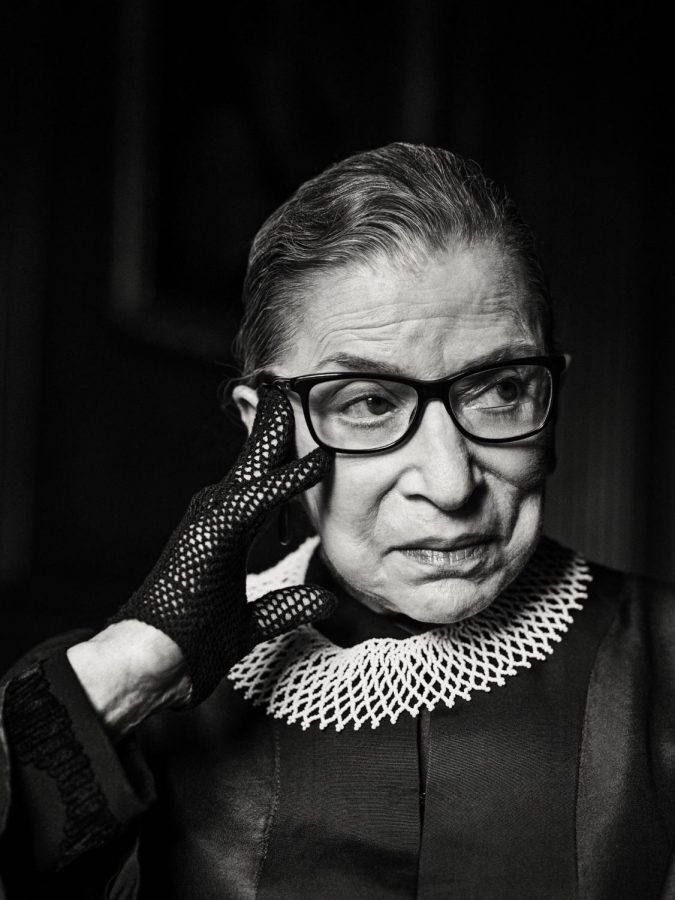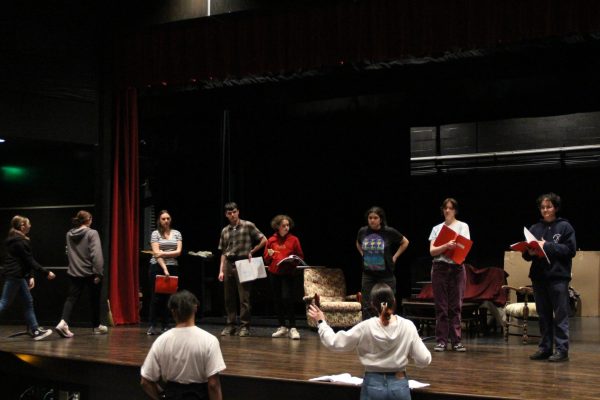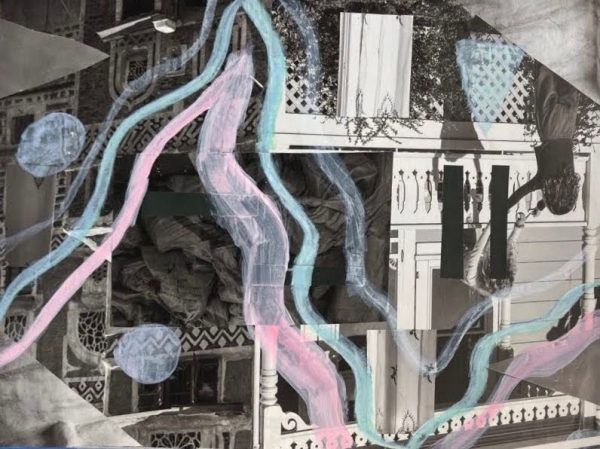Remembering Ruth Bader Ginsburg, at Greylock and Beyond
Supreme Court Justice Ruth Bader Ginsburg, a champion of the law, passed away on September 18, 2020. Being only the second woman to serve on the Supreme Court and the only woman out of nine justices on the Supreme Court for the first sixteen years of her term, Ginsburg has helped pave the way for other women in law.
The legacy she left behind is an incredible one. Ginsburg attended Cornell University and later Harvard Law School, where she was one of nine women in a class with over 500 men. She then transferred to Columbia Law School. She went on to work at a multitude of jobs before being appointed to the Supreme Court, including teaching at Columbia Law School, where she became the first woman to be tenured.
Throughout her life, Ginsburg fought for equality for women and other marginalized groups. She was an advocate for social justice and fought for her beliefs fearlessly. Although she became more widely known once appointed to the Supreme Court, much of her work happened earlier. Before being appointed, Ginsburg co-founded the Women’s Rights Law Reporter, which was the first law journal in the U.S that focused exclusively on women’s rights.
Two years later, she went on to co-find the Women’s Rights Project at the American Civil Liberties Union, or ACLU. In the first two years, this project, as well as other related ACLU projects, participated in over 300 gender discrimination cases.
Ginsburg was nominated to the Supreme Court by Bill Clinton and was appointed in 1993.
Once she became an Associate Justice, Ginsburg participated in a number of landmark cases that changed equality in the United States. One such case was United States V. Virginia, in which the United States filed a suit against the Virginia Military Institute, the last remaining all-male public undergraduate college or University.
The case went to the Supreme Court, where they struck down the Virginia Military Institute all male policy. Ginsburg wrote the majority opinion, showing her strong belief that gender equality is a Constitutional right.
Ginsburg played a large part in another famous case, Obergefell V. Hodges, which ultimately granted same-sex couples the right to marry in all fifty states. Her outspokenness on the issue is often thought to have led to the Supreme Court’s final decision, 5-4, in favor of making same-sex marriage legal.
Ruth Bader Ginsburg served on the Supreme Court for twenty-seven years, until she passed away last Friday due to complications surrounding pancreatic cancer.
At Mount Greylock, Ginsburg has had an impact on students and faculty alike.
Freshmen Anabel Gonzalez said, “Personally, I think RBG was a superhero, and an inspiration to all women.” She added, “She not only made it so that women could have a much bigger role, but she was so strong and so amazing.”
Another Greylock student commented their thoughts on Ginsburg, and said, “She is an inspiration for women across the country.”
They also talked about her persistence in fighting for what she believed in despite all of the trials she faced. “Despite being diagnosed with cancer and misogynistic people getting in her way, she never gave up. She used her words and intelligence to advocate for women’s rights,” they said.
They added, “She taught me how powerful women are, helped me to find my value, and how to overcome obstacles. It is frightening knowing she is gone, but we cannot stop fighting.”
The Echo also spoke with Mt. Greylock history teachers to see what impact they think she has had, and will have, on history. Mr. Welch, who teaches AP European History and AP United States History, said he “found her death shocking” because, like so many others, he “thought that she was going to go on forever.”
Welch said, “I think one of the most significant things about her legacy w is the fact that she and Justice Scalia, who had two very different political and legal philosophies, were very good personal friends.” He added, “I’m sure they have very very heated feelings about, you know, the issues that they were often on opposite sides of, but they have respect for one another and I think that that’s one of the best examples.”
“She will be a person who will be studied in United States history, going forward in much the same way as Sandra Day O’Connor is just by virtue of the fact that she was who she was and she did what she did,” said Welch. “She not only was a woman serving in a largely historically male role but she was also accomplished in her own right. I’m sure that people who study law are going to look closely at Ruth Bader Ginsburg.”
Mr. Agostini, the eighth grade history teacher at Mount Greylock, said “She is really a visible, powerful and fierce role model, not just for women; she should be a role model for everyone.” He added, “I think this sometimes gets lost in her fight for women. She was fighting for equality for so many different groups of people; minorities, people with disabilities, health care, people with pre existing conditions.”
Agostini said, “If you look at her legacy it’s this fight for equality. She went to bat for people that needed her. She gave a voice to those who weren’t heard by others. And I think that will be her enduring legacy to this country.”
“I think history is going to be incredibly kind to her,” he said. “Now it’s up to us to carry on the fight and carry on the battles that she was waging for equality for everyone because I think that’s what we’re ultimately striving for in this country.”

I am a Senior here at Mount Greylock, and I have been a member of the Echo for five years. Along with being a journalist, I love playing soccer, reading Jane Austen and trashy murder mysteries, and seeing how fast I can complete the New York Times mini crossword puzzle.





